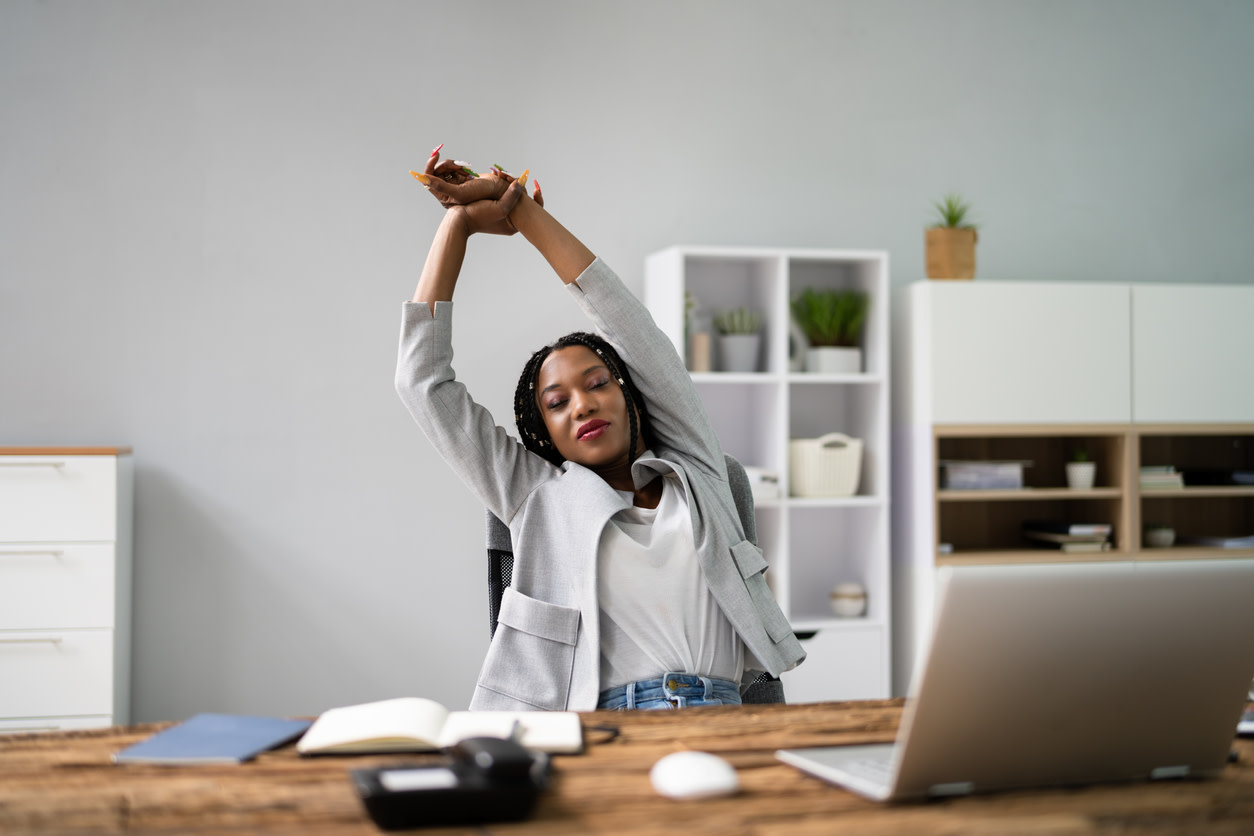Sit all day? 12 best office exercises and stretches to do at your desk
Learn about simple, physical therapist recommended exercises you can do at your desk to counteract sitting for long periods.
0 $ pour vous
Dernière mise à jour : Jul 22, 2025
Table des matières
Best exercises to do at your desk
Want expert care? Check if you're covered for our free program →- Gluteal Set
- Seated Tabletop Press
- Seated Hip Flexor Stretch
- Shoulder Raises
- Head Turns
- Chin Tucks
- Seated Pelvic Tilt
Chair exercises to do at work
Want expert care? Check if you're covered for our free program →- Chair Dips
- Oblique Twists
- Chair Squats
- Calf Raises
- Seated Back Extensions
